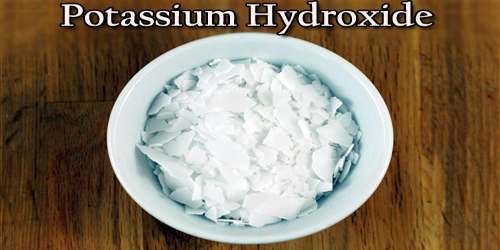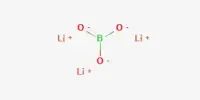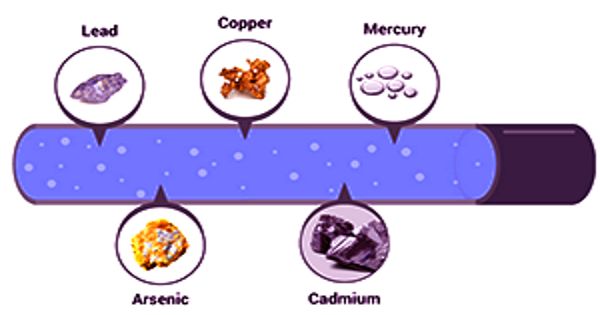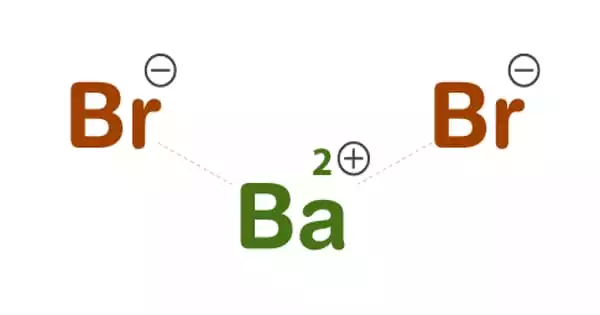Potassium Hydroxide
Defnition
Potassium hydroxide is a noncombustible, hydrophilic substance and therefore is highly corrosive to metal and tissue. It readily absorbs moisture from the atmosphere and forms a caustic solution that attacks aluminum and zinc. It is a strong inorganic alkaline compound with the chemical formula KOH. It is commonly called caustic potash.
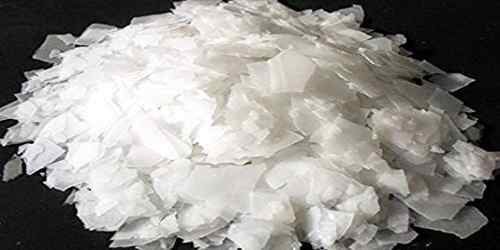
Potassium hydroxide has very high alkalinity as measured on the pH scale. This scale goes from 0 to 14 and defines the acidity or alkalinity of a substance, with 7 being neutral, and alkaline being higher than 7. Pure distilled water has a pH of 7. Potassium hydroxide has a pH of 12 to 14. Compare this to ammonia at 10 to 11, and borax at 9.
Potassium hydroxide is included in cleaning products, and has uses in industry and in medical diagnostics. It also has a role as an alternative health product. Approximately 100 times more NaOH than KOH is produced annually. KOH is noteworthy as the precursor to most soft and liquid soaps as well as numerous potassium-containing chemicals.
Structure and Properties of Potassium Hydroxide
The structure of KOH consists of an ionic bond between the potassium metal cation and the hydroxyl anion, as shown below. Solid KOH is found in a rhombohedral crystalline structure, similar to that of sodium chloride.
KOH is a highly hygroscopic solid which absorbs water from air, thus making it a useful laboratory desiccant (drying agent). It is very stable thermally (does not decompose even at high temperatures). It dissolves in water to form strongly alkaline, aqueous KOH solutions called potassium lye. It readily reacts with acids to form a variety of potassium salts, which have many uses in industry. Approximately 121 g of KOH will dissolve in 100 mL of water at room temperature compared with 100 g of NaOH in the same volume. Lower molecular weight alcohols such as methanol, ethanol, and propanols are also excellent solvents.

Because of its high affinity for water, KOH serves as a desiccant in the laboratory. It is often used to dry basic solvents, especially amines and pyridines: distillation of these basic liquids from slurry of KOH yields the anhydrous reagent.
Historically KOH was made by adding potassium carbonate (potash) to a strong solution of calcium hydroxide (slaked lime), leading to a metathesis reaction which caused calcium carbonate to precipitate, leaving potassium hydroxide in solution:
Ca(OH)2 + K2CO3 → CaCO3 + 2 KOH
Potassium hydroxide is a white solid with a density of 2.12 g/mL, a melting point of 360 °C, and boiling point of 1,327 °C. It is typically available as translucent pellets, or as aqueous solutions of different concentrations.
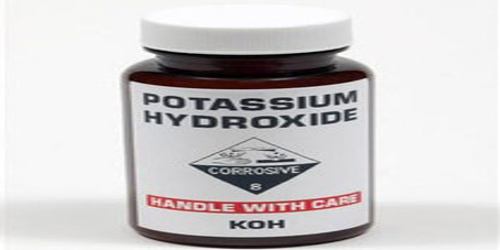
Uses of Potassium Hydroxide
Potassium hydroxide is used in many of the same applications as sodium hydroxide. In addition, aqueous KOH is used as the electrolyte in alkaline batteries. It is also used to manufacture soft soaps and liquid soaps by saponification. Many industrially useful potassium salts are prepared by reaction with KOH. Some of the other uses of KOH are in chemical manufacturing, fertilizer production, and petroleum refining, and cleaning solutions.
Some dermatologists use potassium hydroxide to diagnose fungal infections in skin, hair and nails. For skin infections, laboratory personnel mount a skin scraping and apply potassium hydroxide to dissolve the epidermal cells and expose the fungal structure, explains an article in the “Indian Journal of Dermatology, Venereology and Leprology.” The authors note that potassium hydroxide is more reliable than lab cultures for identifying the presence of fungi that cause skin disease.
Reference:
